I have a 5v battery connected to a mobile device on the VBUS and GND which is charging at 590mA. I would like to increase this to 900mA with BC1.2
The Data+ and Data- are currently shorted otherwise there is no charge, my questions are: Does BC1.2 increase the charge by sending power through the Data+ line ? Is is possible to modify the cabling in the photo to reach a charge of 900mA ?
